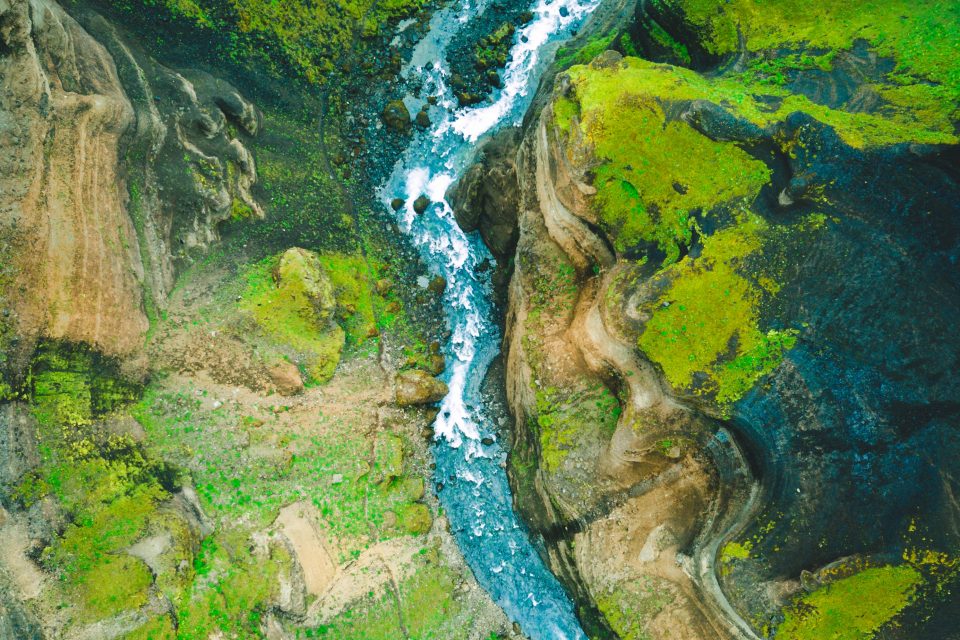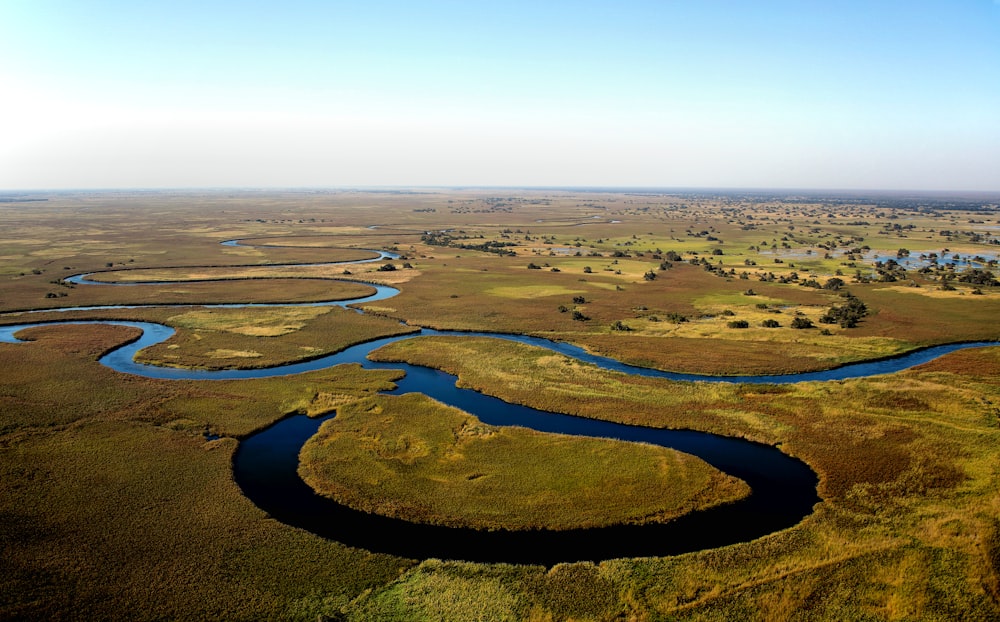
What Are Riparian Ecosystems?
Rivers attract hydrologists, kayakers, anglers, and artists alike. Somewhere between their consistency and unpredictability, they mesmerize people everywhere. But just as rivers have global influence, intricate and tiny worlds exist within a riparian ecosystem. Riparian ecosystems describe the interface between rivers and the surrounding landscape. Here, we’ll take a closer look at these watery worlds.
Life by the Water

Image by Shutterbug75 from Pixabay.
Because riparian areas surround rivers and streams, it makes sense that they drastically differ from the upland habitats. Most importantly, the presence of water makes these ecosystems distinct. Along with water other major indicators of riparian areas soil and vegetation.
- Water
Riparian habitats occur directly next to bodies of water. These ecosystems are well-grounded along natural streams and rivers. However, they can also develop adjacent to constructed canals and ditches.
- Soil
Due to the natural flux of flow and water tables level, the soil is subject to shifting. The layers of sediment vary in texture and their ability to hold moisture.
- Vegetation

Image by MemoryCatcher from Pixabay
The vegetation can often be a key giveaway for riparian areas. Especially in contrast to the upland habitats, riparian ecosystems can look totally different. Imagine willows, rushes, and reeds lining the banks or draping cottonwoods and hemlocks creating shady pools.
Transitions and Diversity
Perhaps the most defining characteristic of a riparian ecosystem is that it’s always changing. Whether it’s a wetland, riverbank, or floodplain, these are landscapes in flux. Riparian areas specifically refer to the transition between land and water. Transitions, like these, between two different ecosystems, are called ecotones.
As a result, riparian ecosystems differ dramatically from one another while also nurturing distinct ecological patches within a single stretch of bank. In ecology, this type of ecosystem is described by the word heterogeneous. The prefix hetero– means “other” and –geneous meaning “kind.” For example, while flooding is often deemed as a natural disaster, intermittent flooding can be a cyclical part of what makes a healthy river. These types of disturbance play a key role in keeping the landscape diversified.
Overall, a heterogeneous ecosystem has a landscape dappled in diversity! These distinct habitats support a wealth of plant and animal life and also provide critical ecosystem services.
Importance of Riparian Ecosystems
The importance of the water flowing in the rivers and streams may seem clear, so why care about the area beside the water? Just as riparian areas refer to the interface of both the water and land, their importance transcends a single category. Riparian ecosystems make great habitats for animals, but they also have huge economic impacts on society. They increase property value, foster lucrative recreational industries (fishing), and keep water safe and drinkable.
What the Rivers Do for You: Ecosystem Services
Ecosystem services are defined as the benefits humans receive from an ecosystem. These benefits include resources (like food and medicine), but they can also be broader (like nutrient cycling). Riparian habitats are powerhouses when it comes to ecosystem services. Read the examples below to learn how these ecosystems directly support us.
Create Microclimates
The plants in riparian ecosystems create weather patterns! Called microclimates, these small adjustments to temperature and humidity can have large scale impacts. For example, the Eastern Hemlock is a common tree found along waterways in the eastern United States. Its thick branches shade the river below. Unfortunately, the invasive wooly adelgid has caused a significant decline in hemlock populations. Without these common shade trees, the waterways are becoming more acidic, which throws the delicate aquatic life off balance.
Prevent Erosion
The vegetation along riparian areas play key roles in stabilizing the landscape. This is especially important considering the erosive nature of rushing water. Riparian plants really help keep the structure of river banks! An impressive list of riparian plants that support ecosystem health can be found here.
Provide Habitat
Riparian plants and surrounding ecosystems provide habitat for a wide range of aquatic, amphibious, and terrestrial animals. Riparian habitat is especially important for migrating birds that need resource-rich safe havens for stopover sites.
Reduce Water Pollution

Image by Wyland Uys from Unsplash
The riparian zone act as buffers between the upland and the water. They act as the t-cells for the river, keeping the ecosystems healthy. Plants that grow in the river’s buffer zone can filter out between 50-100% of the nutrients and sediments. Including everything from organic waste to pesticides, these ecosystems have a true superpower. That’s our drinking water they’re cleaning!
Delicate: Riparian Ecosystems at Risk
Overall, we clearly see how much value riparian ecosystems have for our well-being. That’s why it’s upsetting to learn the risks that they face throughout the globe.
Firstly, the most common disruption to river health results from the destruction of the banks. To clarify, everything from clearing vegetation to converting the land for agriculture or development, destroying these habitats can completely upset entire watersheds. Often, overgrazing and pollutants compound these developments, making the problem even worse.
Additionally, invasive species can overtake the ecosystems. Changing the whole structure of the plant community, a new species can wipe out the treasured diversity of the riparian ecosystems.
In conclusion, riparian ecosystems bring life and excitement to riversides around the globe. They contribute important habitat for wildlife while also providing key ecosystem services we could not do without. Next time you’re out by the river, take a second to appreciate the plants and animals that live on the banks. Maybe bring a pair of binoculars or a plant identification book to get to know the area a bit better!
[Cover image courtesy of Thomas Somme on Unsplash]
Check us out on EarthSnap, a free app brought to you by Eric Ralls and Earth.com.












